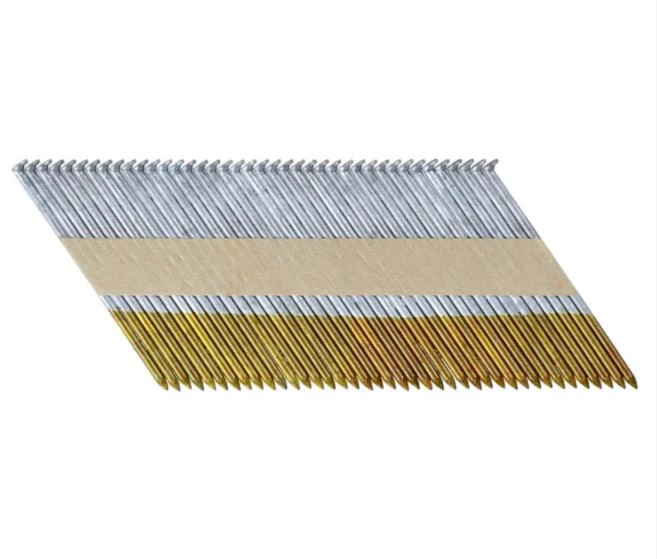Different Types of Agricultural Fencing for Effective Farm Management and Animal Protection
11月 . 28, 2024 05:09
Types of Agricultural Fences A Comprehensive Overview
Agricultural fencing plays a critical role in modern farming, serving a variety of purposes that extend beyond mere enclosure. Fences protect livestock, delineate property lines, safeguard crops, and can even contribute to aesthetic appeal. Choosing the right type of agricultural fence depends on the specific needs of the farm, the type of animals involved, and the terrain. Here, we will discuss the most common types of agricultural fences, their benefits, and their best uses.
1. Barbed Wire Fences
Barbed wire fences are among the most popular options for livestock management, particularly in cattle ranching. Composed of thin wires with sharp barbs intermittently attached, they serve as a deterrent against livestock escape and unwanted intrusion. Barbed wire is relatively inexpensive and easy to install, making it a practical choice for large-scale operations. However, it is crucial to ensure that the barbs do not injure livestock; hence, proper maintenance and careful placement are necessary.
2. Stock Fencing
Stock fencing, typically constructed from woven wire, is designed to contain livestock within a designated area. This type of fence is particularly effective for smaller animals like sheep and goats, which can easily negotiate barbed wire. Stock fencing usually features a series of horizontal wires supported by vertical posts, providing a sturdy barrier while allowing for visibility. Additionally, it can be complemented with a barbed wire top for enhanced security.
Electric fencing has gained popularity among farmers for its effectiveness in deterring animals from leaving their designated areas. This type of fence uses a high-voltage electric current to create a psychological barrier for livestock. Electric fencing is particularly useful for rotational grazing, where farmers need to frequently move livestock between pastures. It is generally more cost-effective than traditional fencing methods, as it requires fewer posts, but proper installation is crucial to prevent accidental shocks to animals or humans.
4. Horse Fencing
types of agricultural fences

Specialized horse fencing is essential for equestrian facilities. This type of fence is designed to prevent injury to horses, which can be more sensitive than other livestock. Common materials for horse fencing include wooden boards, vinyl, and high-tensile wire. These materials are combined in various configurations, ensuring both safety and visibility. It’s important to select a horse fence that minimizes the chances of entrapment, such as those with smooth surfaces and no sharp edges.
5. Electric Netting Fences
Electric netting fences are commonly used for temporary containment and are especially popular among small-scale farmers and homesteaders. This type of fencing consists of a mesh of electric wires and is lightweight and portable. Ideal for temporary grazing setups or protecting garden areas from wildlife, electric netting is easy to install and remove, making it a versatile option for farmers who require flexibility.
6. High-Tensile Wire Fences
High-tensile wire fencing is characterized by its durability and strength. Made from steel, this type of fencing can withstand considerable pressure and is commonly used for large animals like cattle and horses. It requires fewer posts than traditional barbed wire or woven wire fencing, which can reduce costs in the long run. Additionally, high-tensile wire fences are less likely to sag or bow over time, maintaining their integrity and effectiveness.
7. Cedar and Wooden Fences
Cedar and wooden fences offer a more aesthetic solution that blends well into natural landscapes. While not as effective for containing some livestock due to gaps and the potential for rot, they are often used in combination with other fencing types to create a visually appealing property boundary. Wooden fences require regular maintenance, including painting or staining, to prolong their lifespan, but they can provide a rustic charm to any agricultural setting.
Conclusion
In summary, agricultural fencing is a vital consideration for successful farming operations. The type of fence chosen depends on various factors, including the type of livestock, terrain, budget, and aesthetic preferences. Each fencing type has its advantages and drawbacks, which must be carefully weighed to meet the specific needs of each agricultural scenario. By understanding and selecting the appropriate fencing solution, farmers can ensure the safety and efficiency of their operations, ultimately contributing to the sustainability and productivity of the agricultural industry.




















